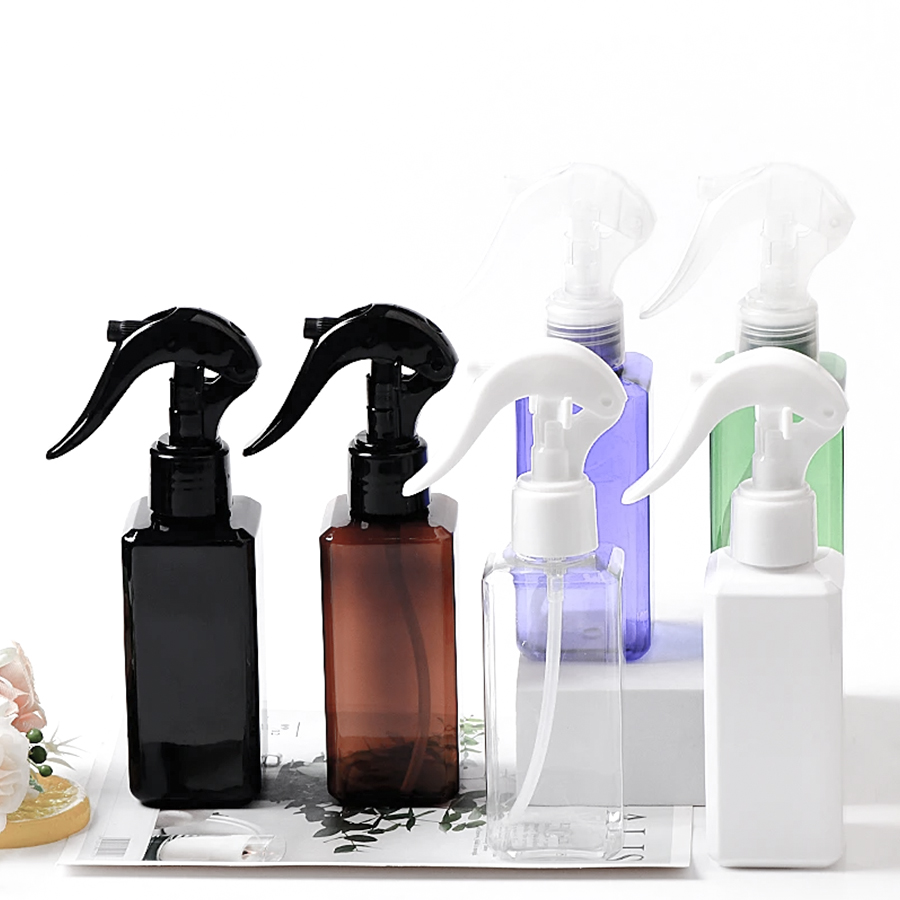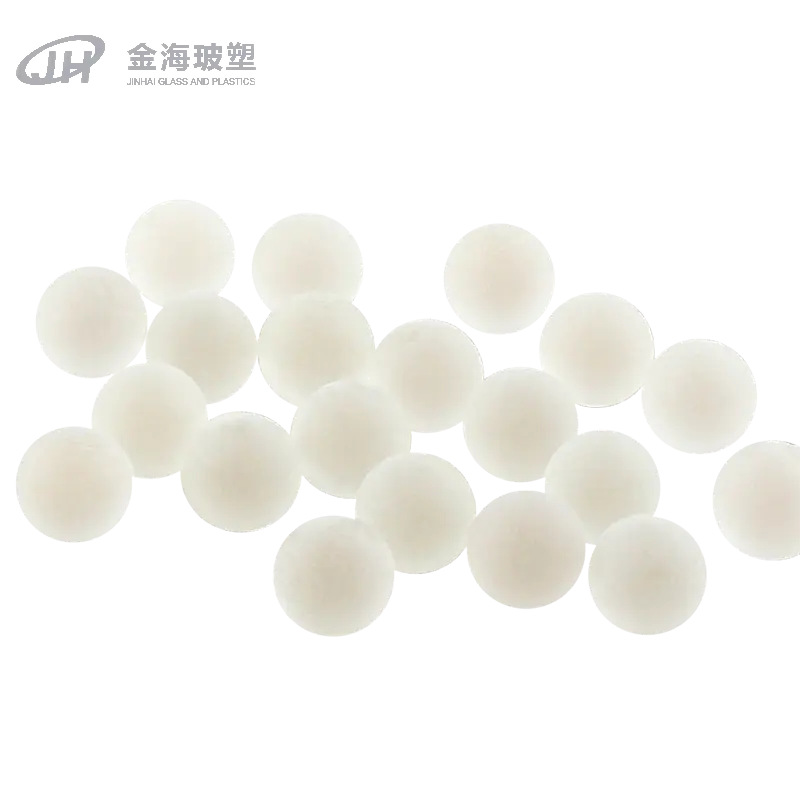Dec 15,2025
Trigger sprayers are common tools used for spraying liquids such as cleaners, water-based solutions, and chemicals. However, they are often prone to two significant issues: leaks and clogs. These issues not only make the sprayer less efficient but can also cause messes and waste.
Content
Understanding the Causes of Leaks in Trigger Sprayers
Leaks in trigger sprayers can be both frustrating and costly. Leaks may occur in several parts of the sprayer, including the nozzle, the body, and the seal areas. Here are the common causes:
Damaged or Worn Seals
Seals are an essential component of the trigger sprayer mechanism. They are typically made from rubber or silicone, and they create a tight seal between different parts of the sprayer. Over time, with frequent use or exposure to harsh chemicals, these seals can wear out, crack, or lose their ability to form a secure bond. This will result in liquid escaping from the sprayer.
Improper Assembly
Sometimes leaks happen due to poor assembly or improper attachment of parts. For instance, if the nozzle is not properly screwed in, liquid may leak from the connection. Additionally, if the sprayer body is not securely closed or the cap is not tightly fitted, leaks can occur, especially when the sprayer is pressurized.
Physical Damage
Trigger sprayers are made of plastic, which can crack or break if dropped or subjected to impact. These cracks may be microscopic and hard to detect but can cause significant leakage. If the body, trigger, or nozzle is broken, the sprayer will fail to hold liquid properly, causing leaks.
Over-tightening the Cap
Another common cause of leaks is over-tightening the cap. Some users may mistakenly believe that tightening the cap too much will prevent leaks, but this can cause pressure to build up inside the sprayer, eventually leading to cracks or leaks from the sprayer head or the body.

How to Prevent Leaks in Trigger Sprayers
Now that we know what causes leaks, let’s dive into how you can prevent them:
1. Regularly Check Seals and O-Rings
Seals and O-rings are crucial for preventing leaks. These rubber components wear out over time, especially after prolonged exposure to cleaning chemicals or high-pressure use.
- Inspect Seals Regularly: You should inspect seals at least once every few months to check for any signs of wear, cracking, or softening.
- Replace Damaged Seals: If you notice any damage, it’s best to replace the seals immediately to avoid leaks.
2. Proper Assembly and Tightening
Ensure that all parts of the trigger sprayer are assembled correctly. A poorly assembled sprayer can leak, so take care when assembling it.
- Check for Loose Components: Before each use, make sure the nozzle, cap, and body are tightly secured. However, avoid over-tightening the cap.
- Avoid Over-Tightening: Over-tightening can cause unnecessary stress on the plastic components and lead to cracks or leaks.
3. Use Compatible Liquids
Certain liquids can degrade plastic components or create excess pressure in the sprayer. To prevent leaks:
- Use Mild Liquids: Avoid using highly acidic or corrosive liquids unless your sprayer is specifically designed for such use.
- Dilute Thick Liquids: If you’re using a thick solution, consider diluting it to reduce pressure build-up and prevent clogs or leaks.
4. Proper Storage
How you store your sprayer can influence its longevity. Storing it improperly can lead to cracked parts or misaligned seals.
- Store Upright: Always store the sprayer in an upright position to prevent leaks from happening.
- Avoid Extreme Temperatures: Keep the sprayer in a cool, dry place, as extreme temperatures can cause plastic parts to become brittle and more prone to damage.
Understanding the Causes of Clogs in Trigger Sprayers
Clogs in trigger sprayers often occur in the nozzle or straw, making it impossible for the liquid to flow properly. Several factors contribute to clogs:
Dry or Thick Liquids
Some cleaning agents, oils, or gel-based solutions can be too thick for standard trigger sprayers. Thick liquids are difficult to spray, and if the sprayer isn’t designed to handle them, the nozzle may easily get clogged.
Debris in the Liquid
If the liquid being used contains particles, dirt, or debris, they can get caught in the nozzle or the straw, causing a blockage.
Chemical Build-Up
Frequent use of cleaning chemicals or solutions with high mineral content can lead to residue buildup inside the sprayer. This can eventually block the flow of liquid.
Airlocks
Sometimes, an airlock can form in the tubing, which can cause inconsistent spray or complete blockage. This occurs when air becomes trapped in the tubing, creating pressure inconsistencies.
How to Prevent Clogs in Trigger Sprayers
Preventing clogs is a matter of choosing the right liquid and maintaining the sprayer. Here are some tips:
1. Clean the Nozzle Regularly
A common reason for clogging is the accumulation of residue inside the nozzle. To prevent this:
- Flush with Water: After every use, rinse the nozzle with warm water to remove any leftover liquid.
- Use a Needle or Pin: If you notice a clog, carefully use a needle or pin to clear the nozzle.
- Vinegar or Cleaning Solution: Use a mild vinegar solution to flush out any hard water or chemical residue that might be building up inside the sprayer.
2. Dilute Thick Liquids
Thicker liquids, like oils or gel-based cleaners, are more likely to clog the sprayer. If you must use a thicker liquid, dilute it with water to reduce viscosity and improve flow.
3. Prevent Debris from Entering the Liquid
Always filter your liquids before using them in the sprayer. This is especially important for solutions that may contain particulate matter, such as certain cleaning products. A simple mesh filter can help prevent debris from clogging the nozzle.
4. Periodically Clean the Entire Sprayer
Over time, residue can build up in the tubing, causing blockages. To prevent this:
- Disassemble the Sprayer: Every few months, disassemble the trigger sprayer to clean the internal components, including the straw and piston.
- Flush with Clean Water: After cleaning, flush the system with clean water to ensure no residual debris is left inside.
5. Use a Sprayer Designed for Thick Liquids
If you consistently use thicker liquids, consider investing in a trigger sprayer specifically designed for such applications. These sprayers typically have wider nozzles and stronger pumps that can handle more viscous liquids.





















